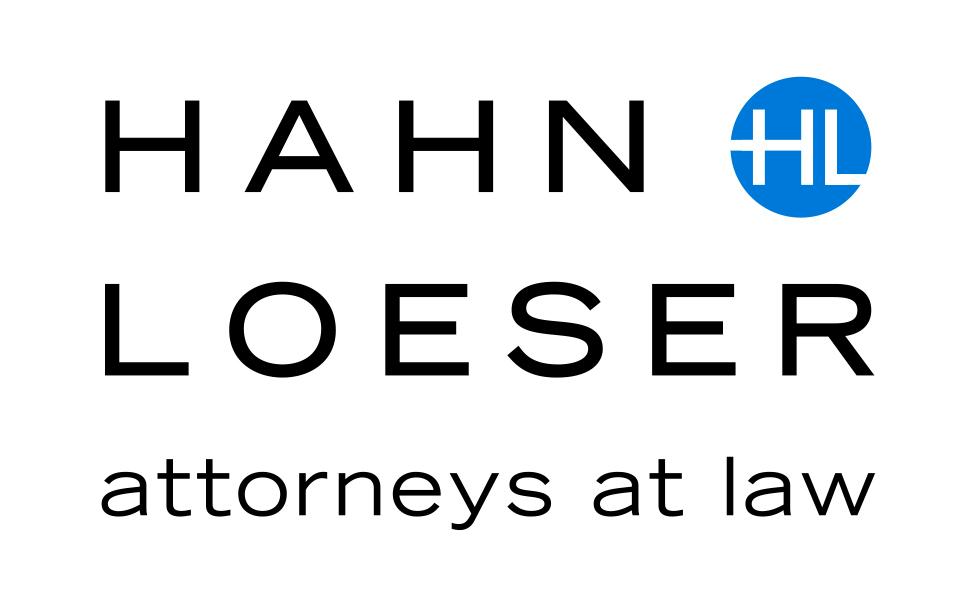According to the Pew Research Center, the majority of Americans view climate change as a major threat and two-thirds believe that the government and corporations should be doing more to address climate change. Young Americans, in particular, are interested in curbing their carbon footprint and living sustainably. A 2022 Bentley-Gallup Force for Good study found that it is “extremely important” to 77% percent of Americans aged 18-29, that businesses operate in a sustainable manner. Moreover, 80% of young Americans say they are willing to pay more for sustainable products than less sustainable competitors, according to the Business of Sustainability Index by Greenprint. Can this translate into premium rent and an increased construction price for “sustainable” new housing?
The number of renters in this demographic will continue to grow over the next decade. After renting, many will become future homebuyers, so, setting aside any political argument over the importance of reducing emissions, there may be a financial incentive to develop green and sustainable housing. Simply put, according to the research, sustainability sells, and there are many ways that property developers can start making their properties more sustainable, and receive return on their sustainability investment, beyond just the savings achieved by reduced utilities or tax credits.
The LEED Program
Fortunately, there are programs like Leadership in Energy and Environmental Design (LEED) available that provide guidance and certification to those wishing to make their existing or future buildings green and sustainable. The LEED program relates to all aspects of real property development, from roofing to landscaping. It is a way to confirm sustainability credentials to the marketplace. Additionally, there are methods outside of LEED to make your property more sustainable and therefore more marketable to those who make choices based on environmental issues. A self-sustaining project, which only uses the energy it creates, water it captures (and recycled grey water), and as much heat from the ground as possible, is the future goal and vision, but intermediate steps can be taken now. Reducing or eliminating dependence on outside electricity providers is slowly maturing with the use of solar power in sunny climates. However, solar alone may be inadequate, considering the late afternoon need for air conditioning and electric car owners plugging in after work, necessitating battery storage as part of any solar system. Many Americans have already adopted solar power in some capacity, including solar outdoor lighting or solar panel powered security cameras. The technology is readily available, and solar panels are becoming more efficient, less expensive, and easier to obtain. Governments may continue to subsidize and encourage solar energy. While solar power is a great start to sustainability and an amazing selling point, there are several other areas that consumers will look to when evaluating a building for sustainability.
For existing structures, updating landscaping to a more environmentally friendly model can be an easy way to make the property more sustainable. There is currently a controversial “anti-lawn” movement, and even the City of Cleveland Heights adopted a “no-mow-May” policy to encourage pollinating insects. On TikTok, the hashtag #anti-lawn has 2.3 million views and #antilawn movement has 1.9 million views. Devotees claim that grass lawns are horrible for the environment. Sustainability influencers on social media promote alternatives to grass including micro clover, moss, and creeping groundcover plants. Other social media influencers advocate allowing their property to return to a natural prairie like state or landscape using only native pollinator plants. These changes are relatively inexpensive, but can send an immediate message to potential customers as the media focuses on the impact landscaping has on overall sustainability. Customers may consider initial landscaping and maintenance of the same in their purchasing decisions. Replacing grass and other high maintenance and non-native plants with more sustainable options, or even with space for community gardening for multi-family uses, can make your property more attractive to certain consumers.
Going Forward
There is no singular path to sustainability and the definition will evolve with time, technology and cost. Additionally, significant barriers still exist including limited sun for solar panels in Ohio, and many local zoning codes that restrict solar panels (if only for aesthetic reasons). The Ohio General Assembly is trying to reduce solar resistance, including the signing of Senate Bill 61, which prevents homeowners associations from banning solar panels. Municipalities will also need to reconsider regulations on external appearance of residential and commercial properties. Zoning codes that require front lawns of manicured grass may need to be left in the past.



